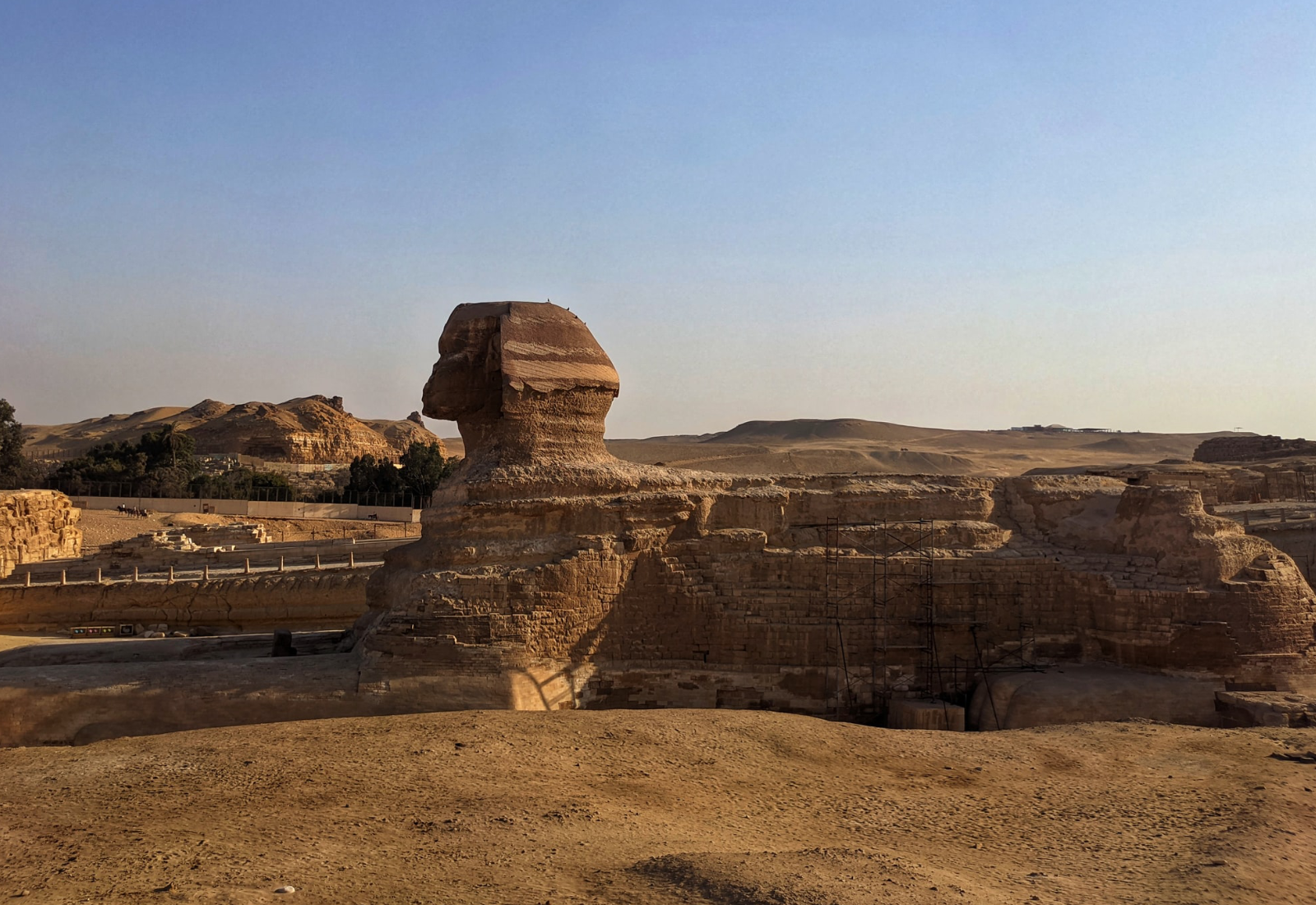Ancient Egyptian culture and practices have intrigued historians and archaeologists for years. Thought to be the pre-eminent civilisation in the Mediterranean from around 3100 BCE until 332 BCE, ancient Egypt left behind so many opportunities for us to uncover cultural practices. Monuments, artefacts and hieroglyphics have helped historians and researchers learn about many aspects of ancient Egyptian culture, including the preoccupation with felines.
In part due to mummification, researchers have had the opportunity to discover and better understand the ancient Egyptian lifestyle, as well as why cats were such a prominent feature. There were several reasons why cats are found mummified, depicted in monuments, painted on artefacts or in hieroglyphics. Ancient Egyptians likened the nature of a cat to their gods and rulers. The Smithsonian National Museum of Asian Art in Washington in 2018 noted that cats were seen as possessing desirable temperaments. While cats can be protective and loyal, they can also be independent and fierce when needed. Further, it is understood that cats’ night vision was admired by the ancient Egyptians, and felines were associated closely with the sun god known as Ra, due their propensity for napping in the sun.
Several monuments were made to represent goddesses, such as Sakhmet (or Sekhmet), with the head of a lion and body of a woman, who was believed to be a protective deity, particularly during transitional periods in culture and time, including dawn and dusk. While historians are still trying to understand why the Great Sphinx was carved from a single mass of limestone, others are better understood, such as Bastet (Bast), another goddess who was represented as either a lion or a cat, likely to originally be a deity of royal residence or a goddess connected to royal regalia. Interestingly, the Great Sphinx still remains one of the largest and oldest monolithic statues in the world.
By the 5th century BCE, Bastet had a strong following in the ancient city of Bubastis near modern day Zagazig, north of Cairo. Hundreds of thousands of pilgrims, followers of Bastet, laid small cat statues as offerings in a large temple known as the Temple of Bastet. Bastet was popular for another 1500 years, with cat amulets worn around the neck or placed in the household for protection. Each year, a festival was held to honour Bastet and Herodotus, an ancient Greek historian, noted in his writings that it was the biggest and most revered festival he had witnessed.
Practically, it is believed that cats were likely to be valued by ancient Egyptians for the same reason as in many other cultures: for their ability to hunt vermin and snakes. Cats were certainly household pets, treasured by many ancient Egyptian families. Practices were noted by historians at the time, such as Herodotus who questioned why the ancient Egyptians showed respect by shaving their eyebrows when mourning the passing of a family cat.
…it is believed that cats were likely to be valued by ancient Egyptians for the same reason as in many other cultures: for their ability to hunt vermin and snakes.
While cats were household creatures, there were also sacrificial practices that were carried out with felines. The ancient Egyptians had a strong belief in the afterlife and had several practices that supported their desires for the afterlife. A recent study that investigated the evidence of diet, deification and death in ancient Egyptian mummified animals revealed that quite young kittens had been killed and mummified before being buried with a human. The study showed that animals were mummified for various reasons, including mummies buried with a human as a food source in the afterlife, pets buried with their owner, mummified animals that had been sacred and worshipped throughout their lives, and mummies that depicted gods that were used as offerings in temples. Researchers also discovered the world’s first known pet cemetery, which included cats wearing iron and beaded collars around 2000 years old. While there appears to be evidence that some cats may have been intentionally killed, it was illegal for anyone – including royalty, who typically owned cats as pets – to injure, harm or kill a cat.
Contrary to the common belief that each mummy only included one animal, research has found that some cat mummies, around 2500 years old, held partial remains of several felines. Some animal mummies were a completely formed animal but others only had fragmented sections of bones. It is understood that some mummies were sold to be offerings to the gods. Larger mummies of this kind were sold for more money, and therefore many mummies were made to appear bigger than the animals themselves.
Even though some contained several parts of multiple animals, others held organic material such as leather or gravel rather than animals. It is unclear whether priests were involved in a scam to convince parishioners to pay more for their offerings, or whether there were several methods of making mummies, all of which were legitimate and reasonable.
There were several reasons the ancient Egyptians loved felines, either to worship or to have in the afterlife. It appears the infatuation was largely driven by the character of the feline, as well as the belief it supported those in the afterlife.
This article was published in the June 2021 edition (vol. 121) of Australian Rationalist.
Photo by Mustafa Yasser on Unsplash


